Gunn (1967)
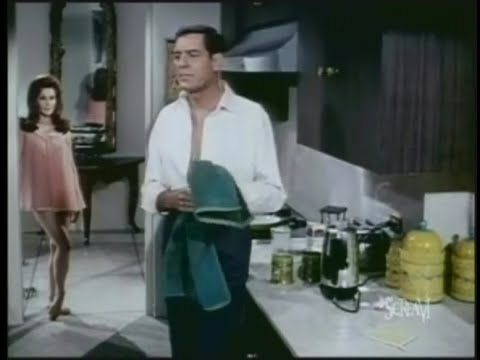
Toronto Film Society presented Gunn (1967) on Monday, April 9, 1984 in a double bill with Darker Than Amber as part of the Season 36 Monday Evening Film Buffs Series “B”, Programme 9.
Production Company: A Blake Edwards Production, distributed by Paramount. Producer: Owen Crump. Director: Blake Edwards. Assistant Director: Mickey McCardle. Script: Blake Edwards, William Peter Blatty, based on story and characters created by Blake Edwards. Photography: Philip Lathrop. Colour: Technicolor. Editor: Peter Zinner. Art Director: Fernando Carrere. Set Decorator: Reg Allen, Jack Stevens. Special effects: Paul K. Lerpae. Music: Henry Mancini. Songs: Henry Mancini and Leslie Bricusse; Ray Evans and Jay Livingston.
Cast: Craig Stevens (Peter Gunn), Laura Deven (Edie), Edward Asner (Jacoby), Sherry Jackson (Samantha), Helen Traubel (Mother), Albert Paulsen (Fusco), Marion Marshall (Daisy Jane), J. Pat O’Malley (Tinker), Regis Toomey (The Bishop), Dick Crockett (Leo Gracey), Charles Dierkof (Lazlo Joyce), Jerry Douglas (Corwin), Ken Wales (Capt. Brady), George Murdock (Archie), Frank Kreig (Barney), Mikel Angel (Rasputin), Tom Palmer (Priest), Gary Lasdun (Harry Ross).
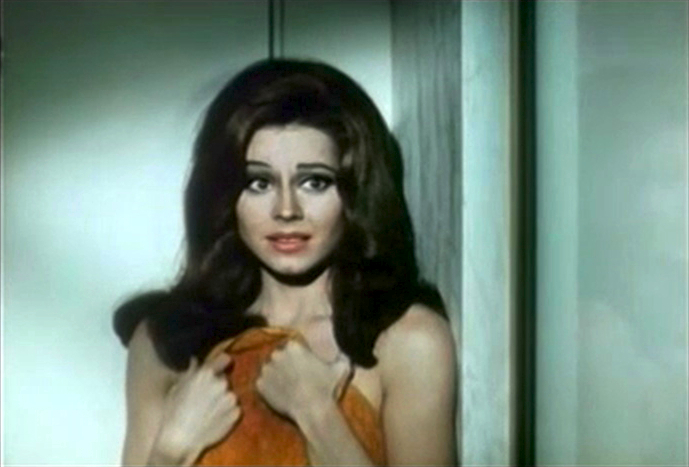
Having worked in both radio and television early in his career, it was a natural for Blake Edwards to transplant his Peter Gunn series to the big screen. The characters were created by Edwards and William Peter Blatty (The Exorcist) helped to co-write the script. All the original characters have been replaced, except Craig Stevens who plays the title character. For those who may recall the series, it began in the 1959-60 season. Officer Jacoby was originally played by Herschel Bernardi and Gunn’s girlfriend was played by Lola Albright.
Gunn offered, at the time, an original type of detective. The character of Peter Gunn, like that of Paul Newman’s Harper offered its audience a refreshing change of pace from the far-out, gimmick-ridden sleuths of its time. Edward’s character is a slick, fast-talking private eye.
Blake Edwards has at times used ideas from other murder stories; the most obvious example is the “mirror” sequence, paying homage to Orson Welles’ Lady from Shanghai.
Blake Edwards began direction movies in the mid-1950s and he is still very active. For most of his career, however, he has been virtually ignored by critics and the public alike. Many poeple confuse Edwards’ films with the works of other directors.
Several movies, however, serve as exceptions to Edwards’ low visibility. In the early 1960s he directed two very different, moderately acclaimed films almost back to back: Breakfast At Tiffany’s and Days of Wine and Roses. He followed them with the extremely popular The Pink Panther and A Shot In The Dark.

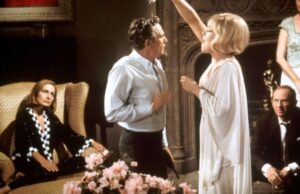
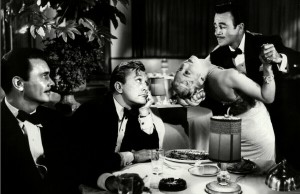
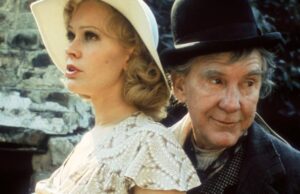






Leave a Reply